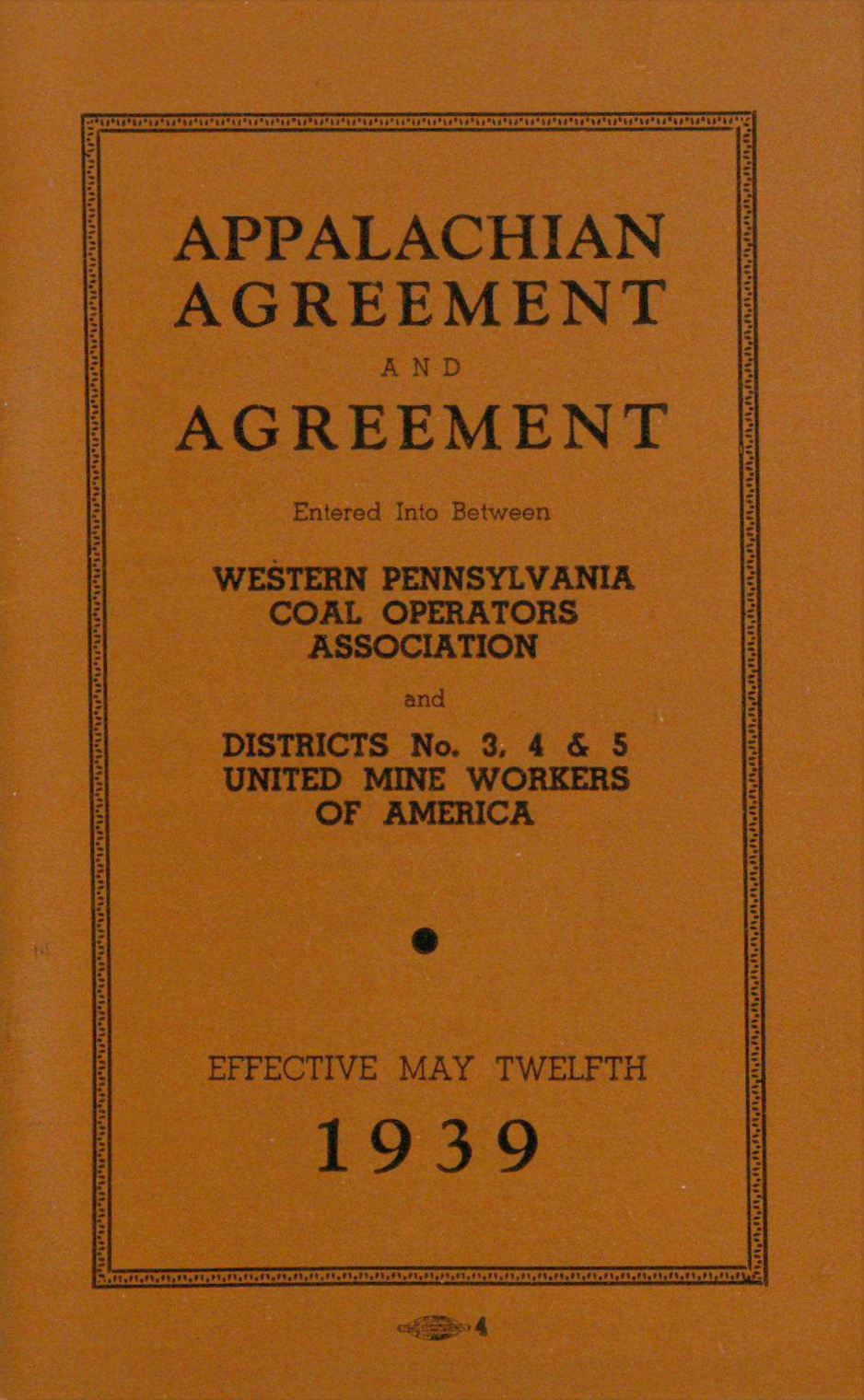The Appalachian Wage Agreement was the culmination of decades of struggle by the United Mine Workers of America, especially the coal miners in southern West Virginia who, twelve years prior, took the fight directly to the coal operators at the Battle of Blair Mountain.
Kentucky coal miners, Jenkins, Kentucky - Ben Shahn
Harvard Art Museums/Fogg Museum, Transfer from the Carpenter Center for the Visual Arts
The agreement came about as part of the National Industrial Recovery Act, a vital piece of New Deal Legislation.
➡️ Section 7a of the legislation guaranteed for the first time in American history that workers had the right to organize themselves into unions, as well as banning “yellow-dog” contracts.
➡️ Section 7b codified the eight-hour workday and a five-day work week, and established a minimum wage.
➡️ The act also provided for the development of codes of fair competition for each industry.
The National Industrial Recovery Act saved the UMWA from the brink of collapse. The UMWA and its president, John L. Lewis, seized the initiative after the passage of NIRA and launched a massive organizing campaign in the summer of 1933. By September 21, Lewis had negotiated a contract that covered coalfields in West Virginia, Pennsylvania, Ohio, Kentucky, Virginia, and Tennessee.
GSU Collection
Among other things, the contract narrowed the wage gap between northern and southern coal mines, gave miners the right to choose their own checkweighmen, and abolished wage payment in scrip, compulsory trading in company stores, and compulsory residency in company houses. It also outlawed the employment of anyone in the mines under the age of seventeen.
The Appalachian Wage Agreement served as the basic agreement between the UMWA and Appalachian coal operators for nearly two decades, until it was replaced by a national wage agreement in 1950.
Resources:
Appalachian Wage Agreement - West Virginia Encyclopedia
FRANKLIN - FDR Library Digital Collections
John L. Lewis: A Biography by Melvyn Dubofsky and Warren Van Tine




